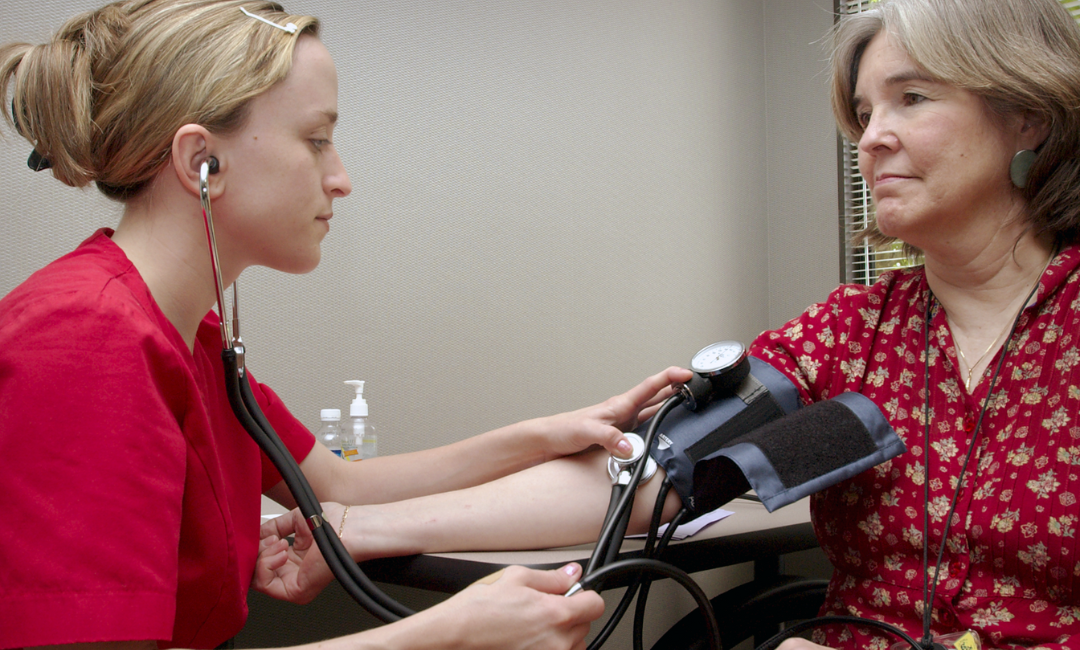The U.S. Maternal Health Crisis
Many of our modern-day mothers lack educated social support—even among higher economical classes. Many are geographically distanced from family, and those who have family near them may be at risk for incorrect or outdated information.
The typical six-week gap between a new mother’s short hospital stay and their next clinical visit can be a time of great risk.
Our for-profit system enrolls these mothers when pregnant, limits them to typically nine prenatal visits, educates through downloadable, impersonal videos, and pushes them out the door in less than twenty-four hours postpartum.
At the very least, we anticipate that she will successfully breast feed. Somewhere in the middle, we hope she doesn’t get too depressed. And more earnestly, we lay odds she won’t bleed to death or stroke.
The United States is an, unfortunately, dangerous place to have just given birth. Our maternal death rate is higher than any other civilized country. A large proportion of these deaths occur postpartum. What many of these other countries have, that we do not, are home visits by public health nurses and/or midwives in those first days and weeks after having a baby.
As a midwife, the most I can offer my young mothers is a 2–3-day tele-med appointment for known hypertension, or a possible lactation support phone call. No one is going to this new mother’s home. No one is surveying for domestic violence. No one is noting sound nutritional practices. No one is assessing for depression, ruling out hypertension, nor ruling in appropriate bonding.
More than half of maternal deaths occur after birth. The World Health Organization (WHO) recommends at least four health contacts in the first six weeks. WHO is speaking to us. Yes—U.S.—the United States of America. WHO has made the recommendation, we need to take heed.
Physician-led organizations have created a maternal-child industrial complex where large volumes of insured women are enrolled, weighed, measured, and scanned. Women are placed in categories for risk and remedied through algorithms for normal and all sorts of variations from normal.
Appointments are short in duration and scarcely available. Once she is delivered, she is rolled off the docket with no contact for six weeks—if even then—making room for the next pregnancy in the queue.









